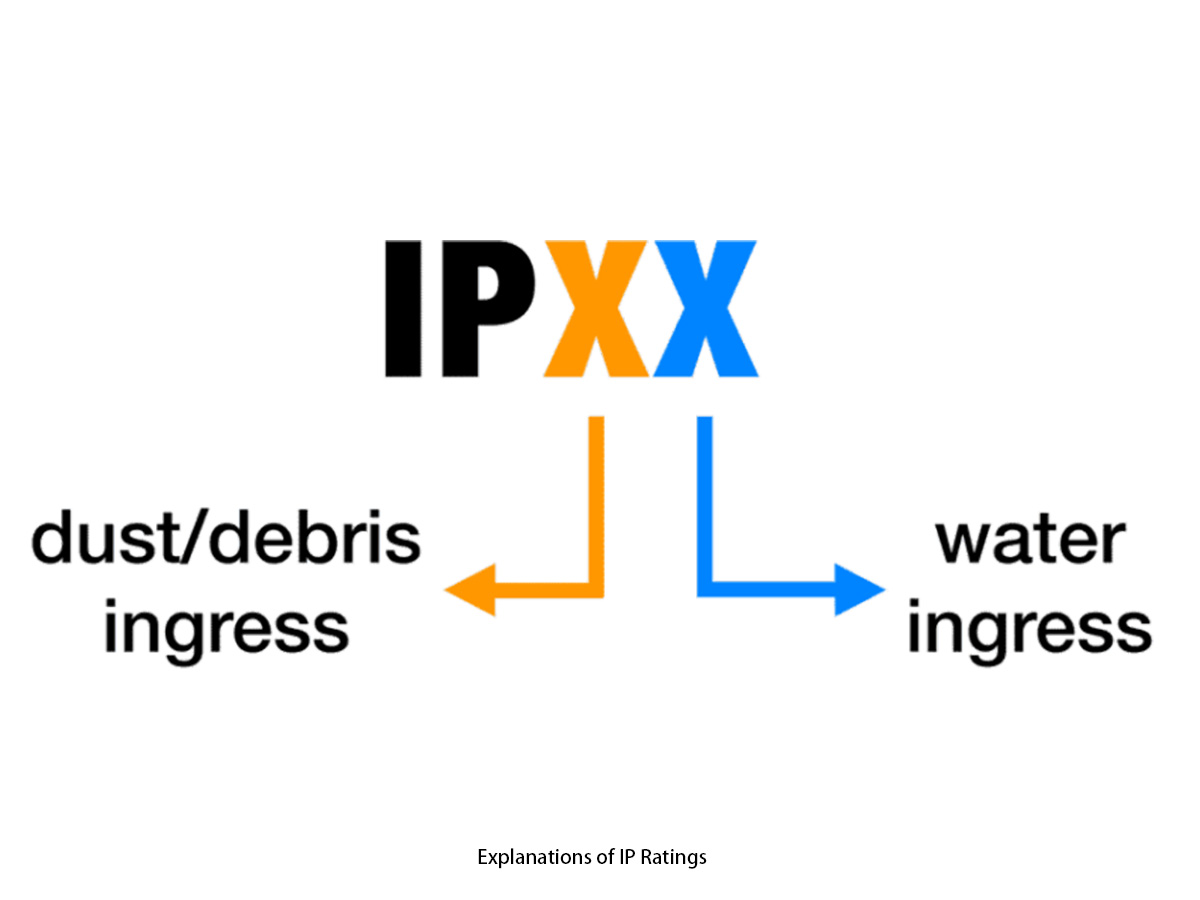
When selecting devices for specific applications, understanding IP protection ratings is crucial. IP protection ratings are standardized codes that describe a device’s level of protection against dust and water. This article will focus on comparing IP54 and IP55 ratings, taking into account industry standards and providing data-supported recommendations for choosing the most suitable equipment based on site-specific conditions.
Introduction to IP Protection Ratings
IP protection ratings consist of two digits that represent the device’s dust and water resistance capabilities. The first digit denotes the dust protection level, ranging from 0 to 6, with higher numbers indicating stronger dust resistance. The second digit denotes the water protection level, ranging from 0 to 9, with higher numbers indicating greater water resistance.
Comparing IP54 and IP55 Ratings
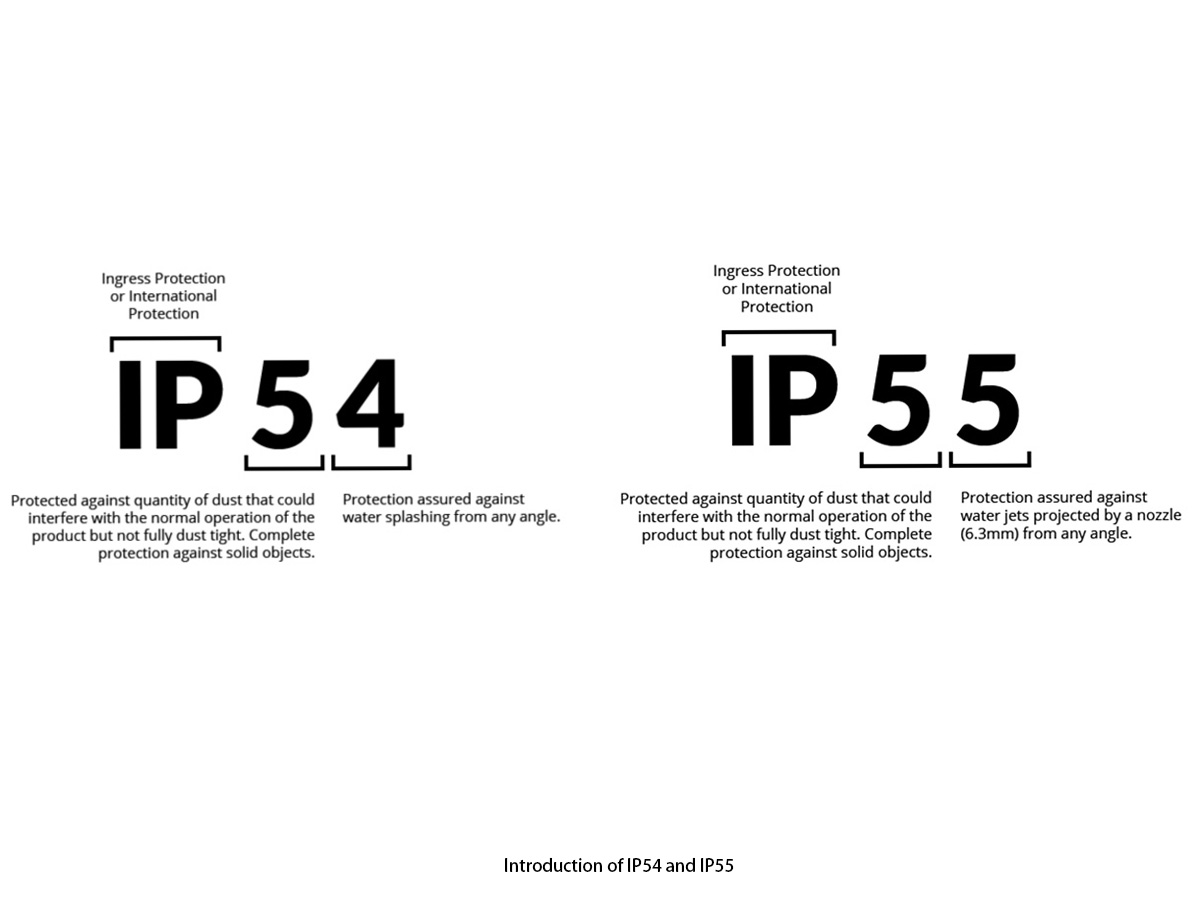
Dust Resistance
IP54: Devices with an IP54 rating can prevent solid particles larger than 1mm from entering the equipment, offering a certain level of dust protection.
IP55: In comparison, IP55-rated devices have higher dust resistance, effectively preventing solid particles larger than 1mm from infiltrating the equipment.
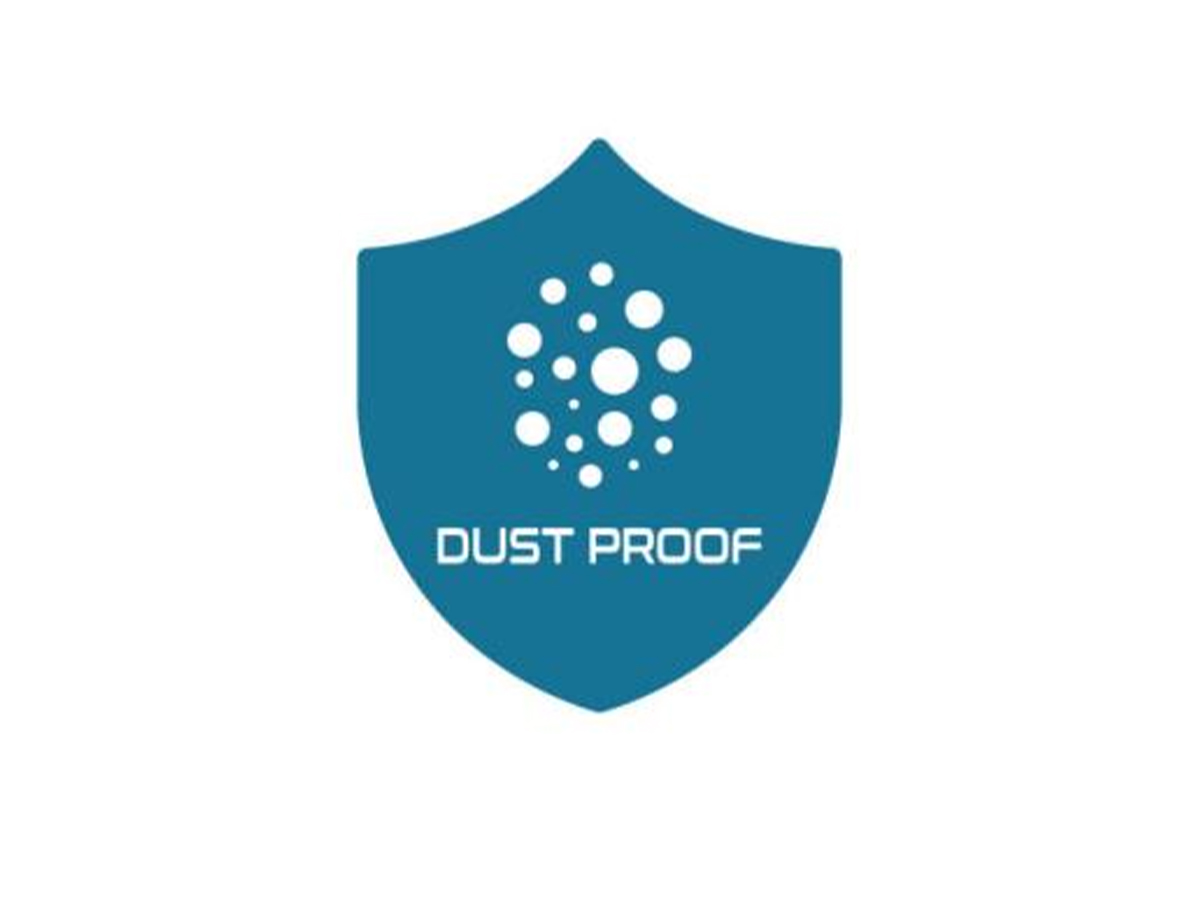
Water Resistance
IP54: IP54-rated devices can withstand water splashes from any direction but cannot fully prevent liquid ingress.
IP55: On the other hand, IP55-rated devices exhibit stronger water resistance, capable of withstanding stronger water sprays and rainwater, making them suitable for damp environments.
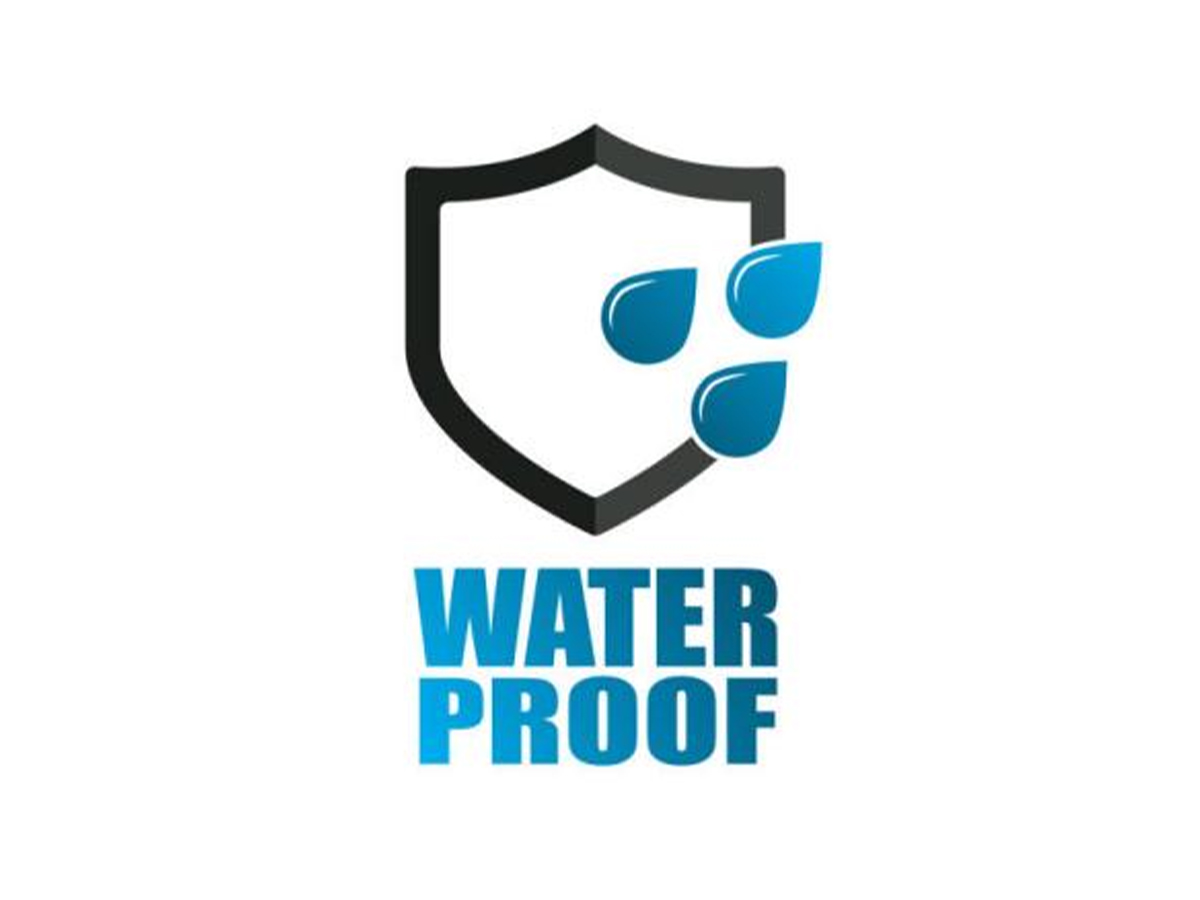
Selecting the Right Equipment Based on Site-Specific Conditions
When choosing between IP54 and IP55 devices, it is essential to consider industry standards and site-specific conditions, supported by data:
Industry Standards
Depending on the industry and application, specific standards or regulations may dictate the minimum required IP rating for devices. It is crucial to adhere to these standards to ensure compliance and optimal performance.
Data Support
Gather relevant data about the site’s environmental conditions, such as humidity levels, exposure to water sources, and weather patterns. Analyze this data to assess the potential risks and determine the appropriate IP rating required for reliable operation.
IP protection ratings play a crucial role in device selection. Comparing IP54 and IP55, the latter offers higher dust and water resistance, making it suitable for more demanding outdoor and damp environments. However, it is essential to consider industry standards and gather data on site-specific conditions to make an informed decision. By adhering to standards and analyzing relevant data, one can choose the most suitable IP rating to ensure reliable performance and long-term durability in specific working environments.
IP55 control panel on sale:
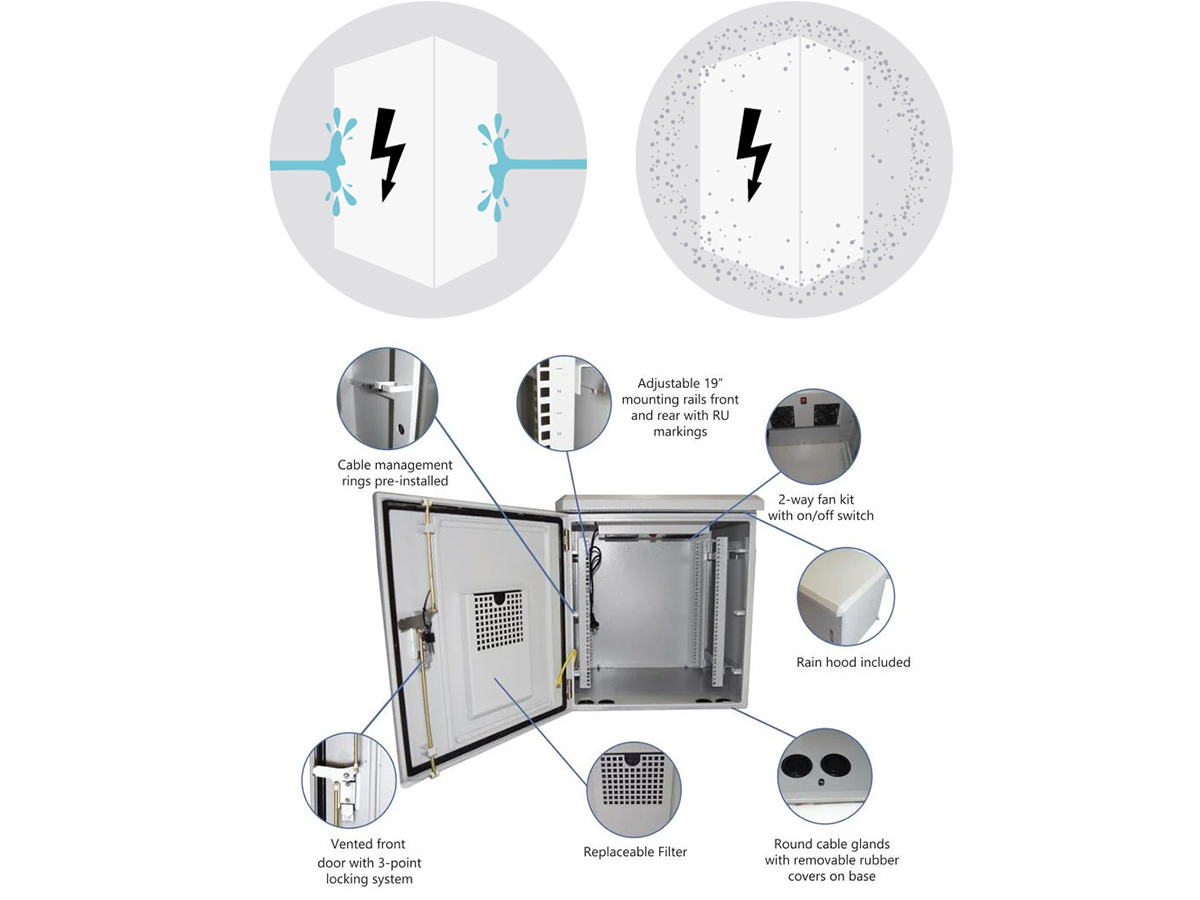

 Español
Español Русский
Русский Tiếng Việt
Tiếng Việt 中文
中文 suomi
suomi Français
Français Português
Português English
English Deutsch
Deutsch Français
Français Español
Español Italiano
Italiano Português
Português Pусский
Pусский


